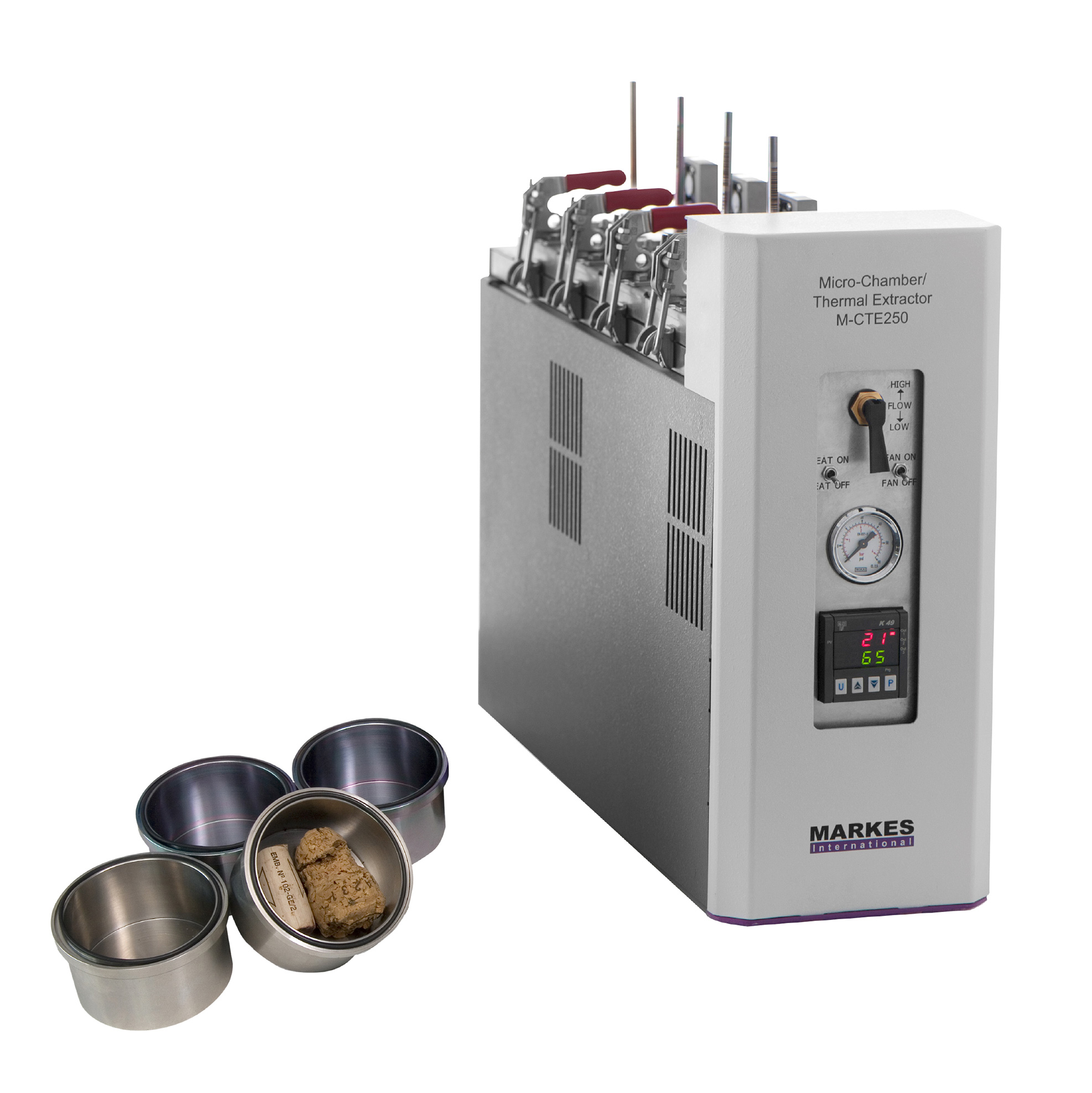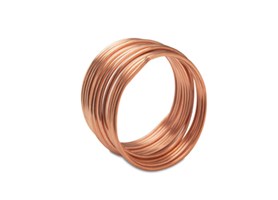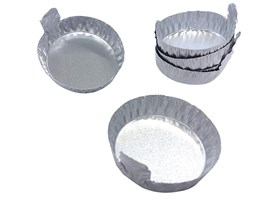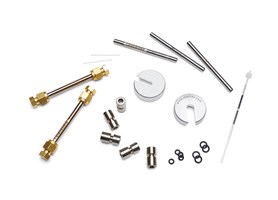Sampling Technologies
Microchamber sampling
Microchambers are compact, stand-alone test chamber units that allow rapid sampling of vapour-phase organic compounds from a product or material, complementing small-scale chamber testing by third-party laboratories. Microchamber sampling is a type of dynamic headspace sampling and a powerful tool for increasing laboratory productivity. The technique is usually used in combination with sorbent tubes and off-line thermal desorption–GC–MS.
Applications for microchamber sampling include:
- Quality-control of chemical emissions from products and materials, such as construction materials
- Screening of products prior to long-term certification tests e.g. consumer products
- Checking raw materials.
- Comparing products to those of competitors.
- Monitoring odour and emission profiles e.g. car trim.
- Kinetic studies such as shelf-life tests or monitoring aroma or fragrance profiles as they change over time for the food and consumer industries.
Benefits of microchamber sampling
- No sample preparation needed – simply place the material in the chamber.
- A constant flow of heated air or gas ensures rapid production of a representative VOC/SVOC profile.
- Results can be correlated with longer-term reference methods.
- Construction from inert-coated stainless steel ensures compatibility with reactive or thermally labile chemicals.
- Accessories allow surface-only sampling or permeation testing.
- No pump required – avoids set-up and calibration.









